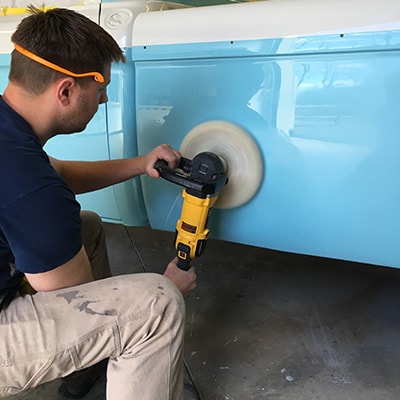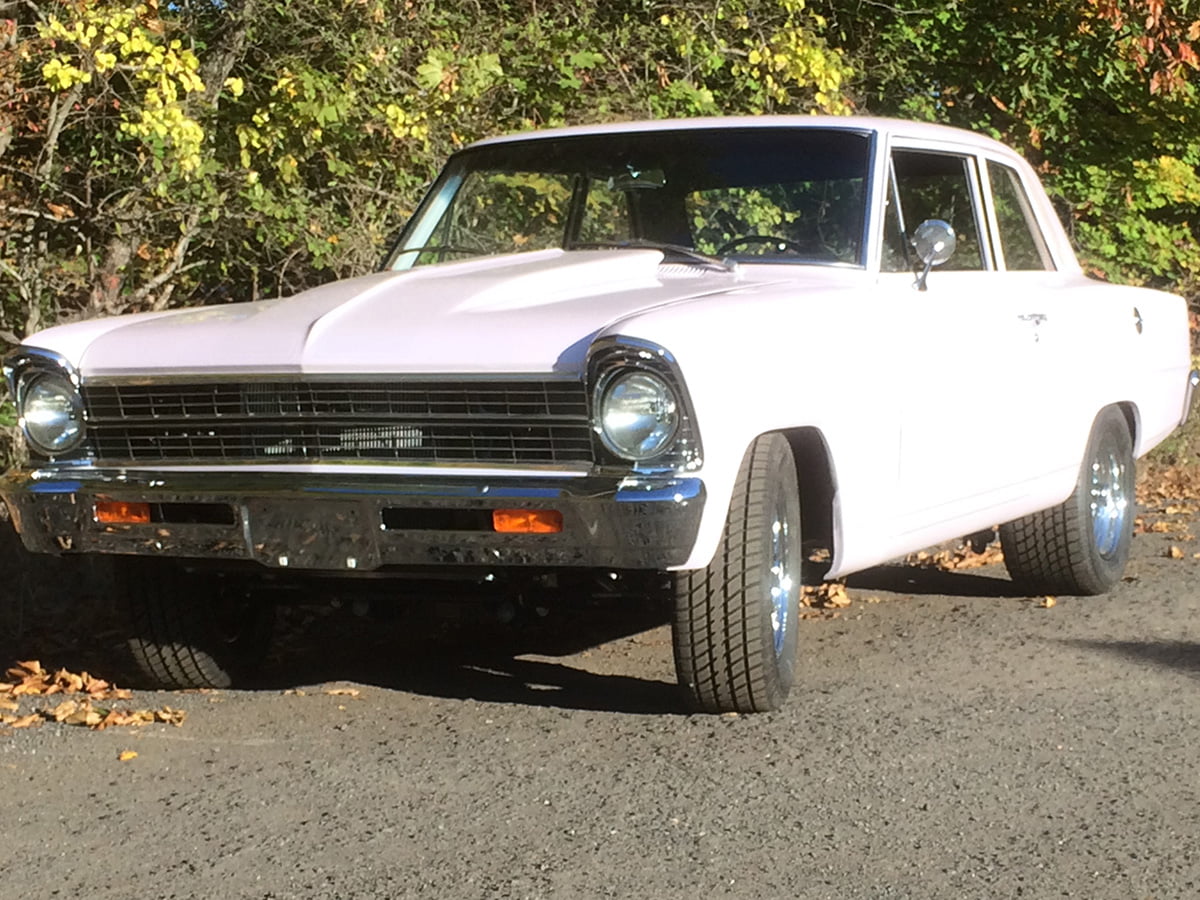Polishing your classic car can seem like a daunting task, but it’s actually fairly easy to do once you get the hang of it. In this post, we’ll take you through all the steps from start to finish so that you know exactly how to polish your classic car’s paintwork and metal parts.
1. Use the right tools for the job.
The first step to polishing your car is to prep the surface. This may seem obvious, but it’s important to use the right cleaning materials for the job. A soft, lint-free cloth is best for wiping down surfaces before polishing and waxing. You can also use a waxing pad if you prefer not to use your hands.
A polishing or buffing pad will help you apply polish evenly across your vehicle’s paintwork while giving it a finished look.
For larger jobs or those requiring more elbow grease than normal maintenance would require, consider using an electric buffer.
2. Clean your car before you start.
Now that you’ve got the right tools, it’s time to get your car ready for the polish. Use a soft brush or microfiber cloth to remove any loose dirt, then hose off the car with cold water and dry it with a microfiber cloth.
3. Polish by hand
Polishing your classic car by hand is a good way to work on areas that are hard to reach with a polisher.
To start, dampen the cloth with water and wring it out until it’s just damp. Then add a small amount of polish and use a circular motion while applying light pressure—no need to rub too hard. Stop when you see the reflection of your face on the surface. It should change from dull to glossy or shiny. Wipe off any excess polish with another clean rag before going over the area again with another coat of wax or sealant (depending on what type of finish you want).
4. Use a buffer to polish your car
If you want to get your classic car’s paint looking its best, but are afraid of using a buffer because it seems like an intimidating piece of equipment, don’t worry! It’s actually not as scary as it sounds. The key to using a buffer is making sure that the compound and wool cloths you choose are suited to each other. There are two main types:
- Synthetic (usually white) or woolen (usually black) compounds that come in different grades depending on how fine they’re designed to be; think of them as sandpaper for your paint job. Your choice will depend on how much shine and polish you want for your vehicle; higher grades mean more removal power but less luster when finished. The key here is balance—you don’t want something so coarse that it scratches up the surface, but too fine won’t give enough shine either!
- Soft cloths made from microfiber material will help remove excess polish from each pass without scratching up the surface.
5. Polish one panel at a time, focusing on one small section at a time.
When you’re polishing your car, it’s best to focus on one small section at a time. This will allow you to take your time and really get into the nooks and crannies of the panel you’re working on. It also prevents rust from developing in those areas, as well as any other damage that could be caused by overzealous polishing or buffing.
The last thing you want is to polish your entire car in one go! It’s not only highly inefficient, but it’s also dangerous for both yourself and the vehicle itself.
6. Apply polish with a clean, folded cloth and rub in small circles until it starts to disappear, then remove excess with another cloth using a swath movement.
We’re more than halfway through our polishing steps, and you’ve done a great job so far. Now you need to apply polish with a clean, folded cloth and rub in small circles until it starts to disappear, then remove excess with another cloth using a swath movement.
7. Finish off with a coat of wax to seal the surface and add shine to your paintwork.
Once you’ve finished polishing, it’s time to protect your car from the elements. It’s important to remember that wax protection doesn’t just keep your paint looking good; it also protects the paintwork from UV rays, dirt, and water. When considering what type of wax product to use, make sure you choose one that can withstand all weather conditions and will give you a long-lasting shine for several months.
With these tips, you’ll have a beautiful shine on your car in no time!




